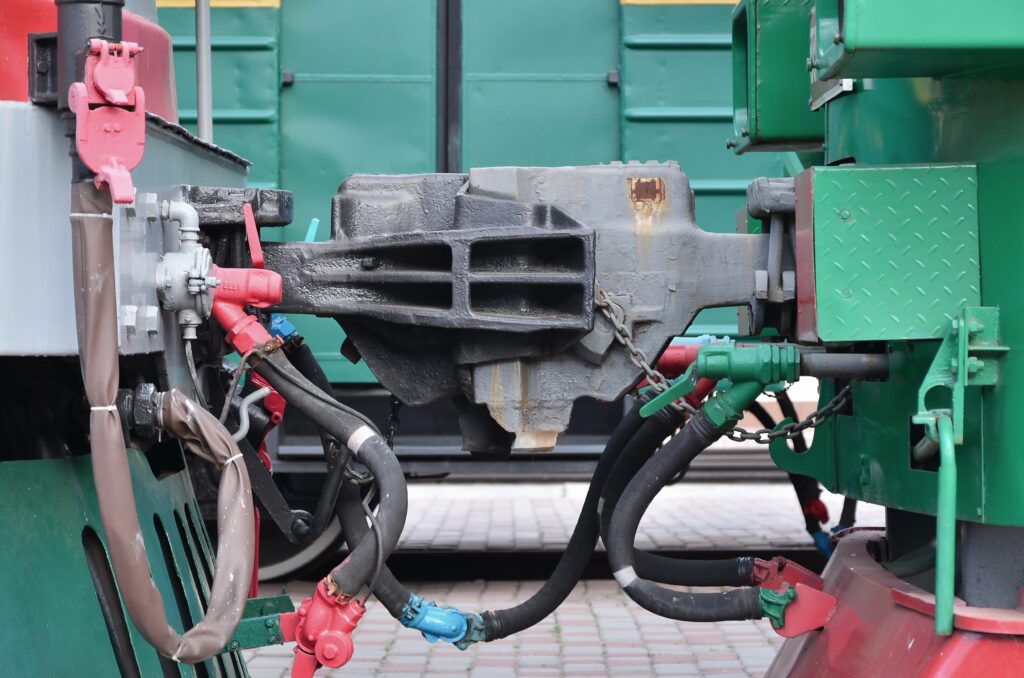A shaft coupling connects two shafts and transfers torque between them. It provides mechanical stability, which reduces irregular bearing wear, machinery vibrations, and other mechanical problems caused by misalignment.
Different types of Shaft Coupling
Beam couplings
A beam coupling can comprise one or more helical cuts in a coupling body. It can take parallel misalignments up to 0.025 inches and angular misalignments up to 7 degrees. These are used for motion control applications that require torques less than 100 lb.
Bellows Couplings
For motion control applications, bellows couplings can also be used. These couplings are composed of multiple metal convolutions, which provide high torsional stiffness. This is crucial for positioning applications. While torque transmitting capabilities are comparable to beam couplings’, their tolerance for angular or parallel misalignment is limited by their torsional stiffness.
Chain couplings
Chain couplings can transmit up to hundreds of hp and are used for power transmission applications. The alignment allowances for parallel and angular misalignment are usually 2
degrees and 0.15 inches. Chain couplings are made with unique chain sprockets or double large roller chains, which allow the design to be flexible.
Jaw Couplings
Jaw couplings can be used in conjunction with shaft couplings. Straight and curved jaw couplings are made of two pairs of multi-jawed hubs that mate with elastomeric Spiders and are used for light power transfer and motion modulation.
Diaphragm couplings
High-power transmission applications like turbomachinery often use diaphragm couplings. These diaphragm couplings use one or more flexible metal convoluted discs to transfer power to an outer spacer shaft and back to the powered machinery using another diaphragm stack. This is a significant improvement in gear-form couplings. High torque transmission and high-speed operation are possible with diaphragm couplings.
Disc Couplings
A disc coupling has one or more shafts with one or two steps. These bolt to the shaft hubs. These power transmission devices rely on thin metal disks’ stability and angular alignment for torque
transfer. They can’t deal with parallel misalignment. They can transfer high torques and be used to couple high horsepower engines, gas turbines, etc., to loads.
What is the material used for couplings?
These products are most commonly made from aluminium alloys and stainless steel, but they can also come in acetal, maraging, and titanium. Above is the meaning and purposes of shaft coupling. It also discussed some of the different types of shaft couplings. Each coupling has its benefits and uses. If you want to save the life of your machine, it is essential to be well-informed about each. So, to know more information about shaft couplings or any product like marine coupling, you can visit Polyflex. They offer a range of products in the marine industry.
